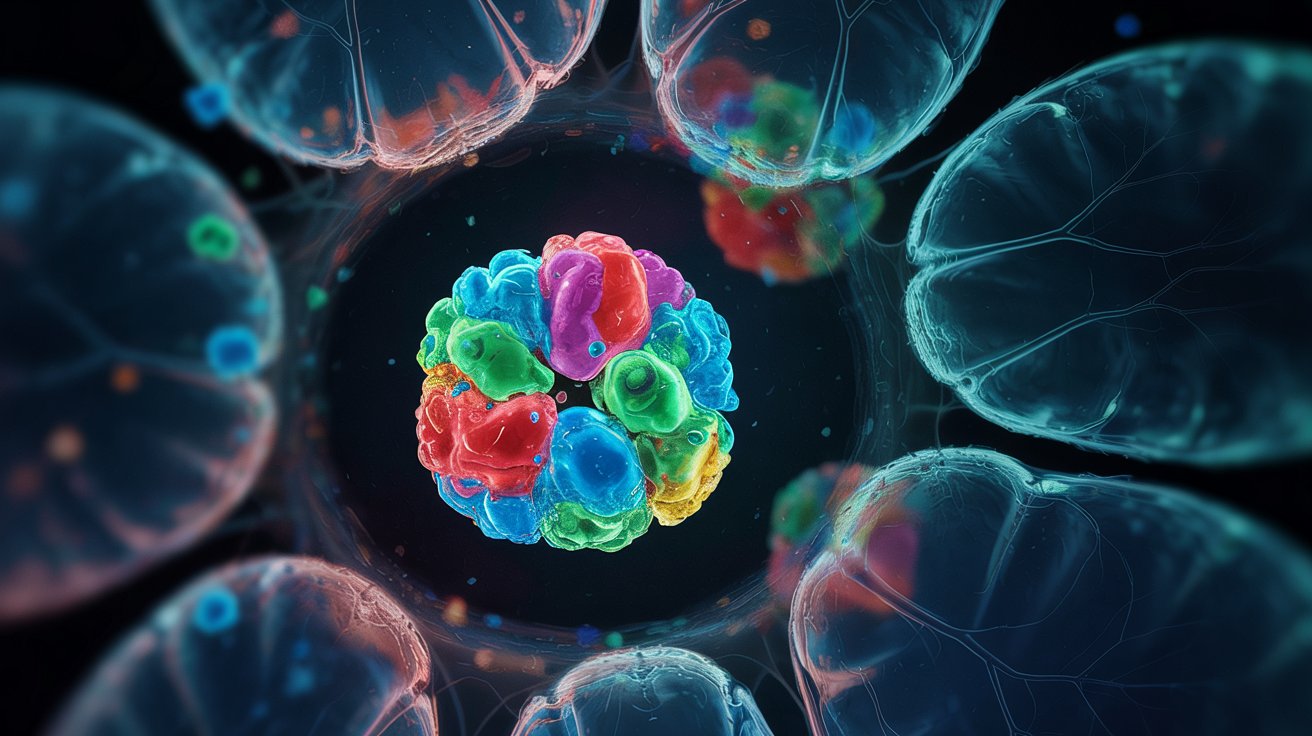Study Reveals Microplastics Accumulating in Human Brains
Recent research has uncovered an alarming discovery—microplastics are accumulating in human brains, raising serious concerns about potential neurological impacts. Scientists have found these tiny plastic particles in various human organs, but this is the first study confirming their presence in brain tissue. With increasing plastic pollution worldwide, experts warn of the potential long-term health risks associated with microplastic exposure.
Microplastics in the Brain: How Do They Get There?
Microplastics, measuring less than five millimeters, are widely present in food, water, and air. Previously, researchers believed that the blood-brain barrier—a protective shield against harmful substances—could prevent such particles from entering the brain. However, new evidence suggests that microplastics can infiltrate this barrier, leading to their accumulation in brain tissue.
Pathways of Microplastic Exposure
| Source | How It Enters the Body | Potential Risk |
|---|---|---|
| Food & Water | Ingested through packaged food, bottled water, and contaminated seafood | Absorption into the bloodstream |
| Air Pollution | Inhaled microplastics settle in the lungs and travel to the bloodstream | Circulation to vital organs |
| Household Dust | Particles from synthetic fibers, carpets, and furniture enter the respiratory system | Long-term exposure risk |
| Plastic Packaging | Chemicals leach into food and drinks | Internal toxicity over time |
A study published in Neuroscience News examined brain tissue samples from individuals exposed to high levels of microplastics. Shockingly, researchers detected significant amounts of these particles, with higher concentrations found in individuals diagnosed with neurodegenerative conditions such as Alzheimer’s and dementia. This raises concerns about whether prolonged exposure to microplastics may contribute to cognitive decline.
Potential Health Risks of Microplastics in the Brain
The full extent of microplastics’ impact on the brain is still under investigation. However, laboratory studies suggest several possible health risks:
How Microplastics Affect Brain Health
| Health Impact | Explanation |
| Neuroinflammation | Microplastics may trigger an inflammatory response, leading to damage in brain cells. |
| Oxidative Stress | The presence of microplastics can increase oxidative stress, which contributes to neurological disorders. |
| Toxic Chemical Exposure | Many microplastics contain harmful additives that could further damage brain function. |
| Potential Link to Neurodegenerative Diseases | Higher microplastic accumulation has been observed in Alzheimer’s and dementia patients. |
While these findings are concerning, scientists emphasize the need for further research to establish a direct link between microplastic accumulation and specific brain diseases.
How to Reduce Exposure to Microplastics
Since microplastics are now found in food, water, and even the air we breathe, it’s essential to take proactive steps to minimize exposure:
Best Practices to Limit Microplastic Exposure
- Filter Drinking Water: Studies show that high-quality filters can remove up to 90% of microplastics from tap water.
- Avoid Plastic Packaging: Opt for glass, stainless steel, or biodegradable alternatives.
- Eat Fresh, Unprocessed Foods: Processed foods often contain higher levels of microplastics due to packaging and manufacturing processes.
- Use Natural Fabrics: Synthetic clothing releases microplastics into the air and water during washing.
- Reduce Plastic Waste: Supporting policies that limit plastic pollution can help curb this growing issue.
The Urgent Need for Further Research
Although this discovery raises significant concerns, researchers stress the importance of further studies to fully understand the long-term impact of microplastics on human health. Governments and scientific organizations must prioritize funding to explore effective solutions to mitigate exposure and its consequences.
Conclusion: What Can We Do About Microplastics?
The presence of microplastics in human brains is a disturbing revelation that underscores the urgency of addressing plastic pollution. While the full health effects remain unclear, preliminary research suggests a potential link between microplastics and neurological damage. By adopting preventive measures, supporting scientific research, and reducing plastic use, we can minimize risks and protect human health.
Mind Map: Understanding the Impact of Microplastics on Brain Health
Microplastic Exposure
│
├── Food & Water → Ingestion → Bloodstream Absorption
├── Air Pollution → Inhalation → Lung Absorption
├── Plastic Packaging → Leaching → Toxicity in Organs
├── Household Dust → Settling in Lungs & Skin Contact
│
▼
Health Risks
│
├── Neuroinflammation → Brain Cell Damage
├── Oxidative Stress → Neurological Disorders
├── Chemical Toxicity → Cognitive Decline
│
▼
Preventive Measures
│
├── Filtered Water → Removes 90% Microplastics
├── Avoid Plastics → Use Glass/Stainless Steel
├── Eat Fresh → Reduce Contaminated Food Intake
├── Reduce Plastic Waste → Support Sustainable PracticesFor more in-depth scientific analysis, this study on microplastics in the human brain.





